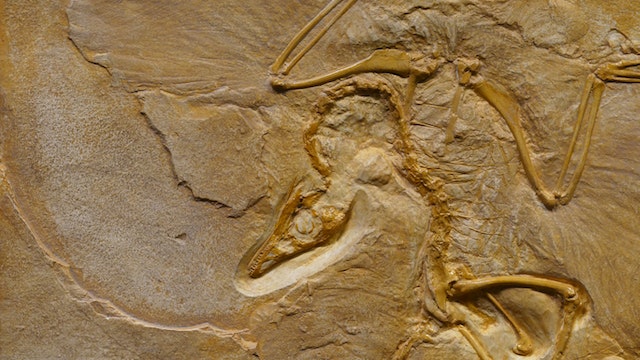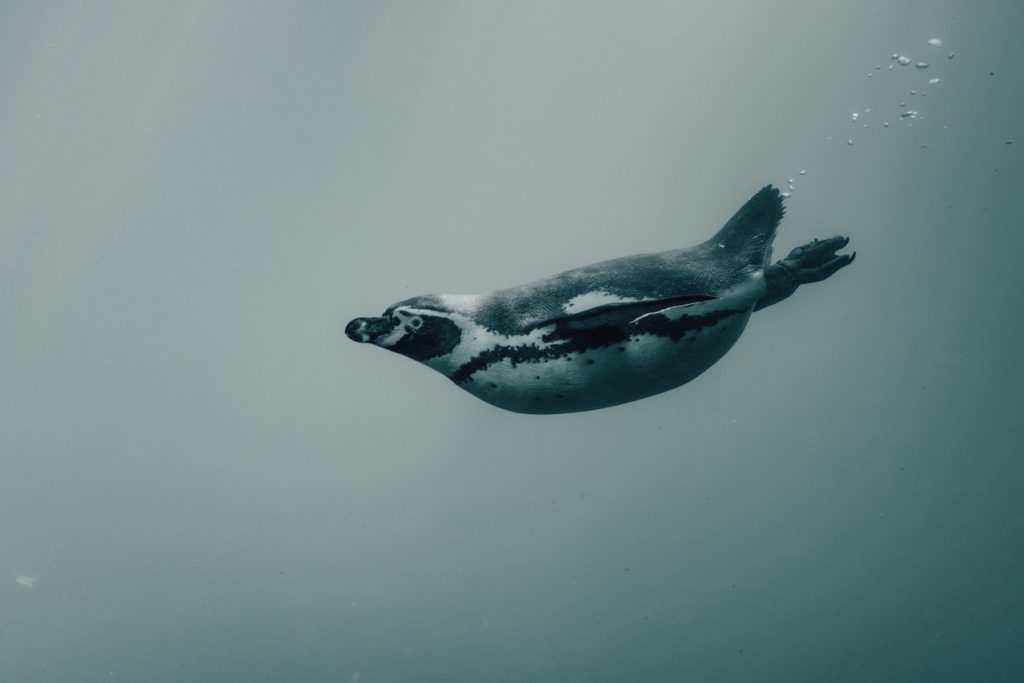#344 How did the Black Death change society?
How did the Black Death change society? It ended serfdom and slavery, improved worker conditions, brought a recession, harmed religion, increased antisemitism, improved medical practice, improved women’s rights, and changed the world of art and fashion. There were three major plagues, but let’s look at the middle one, the one that is most famous. It […]
#344 How did the Black Death change society? Read More »










